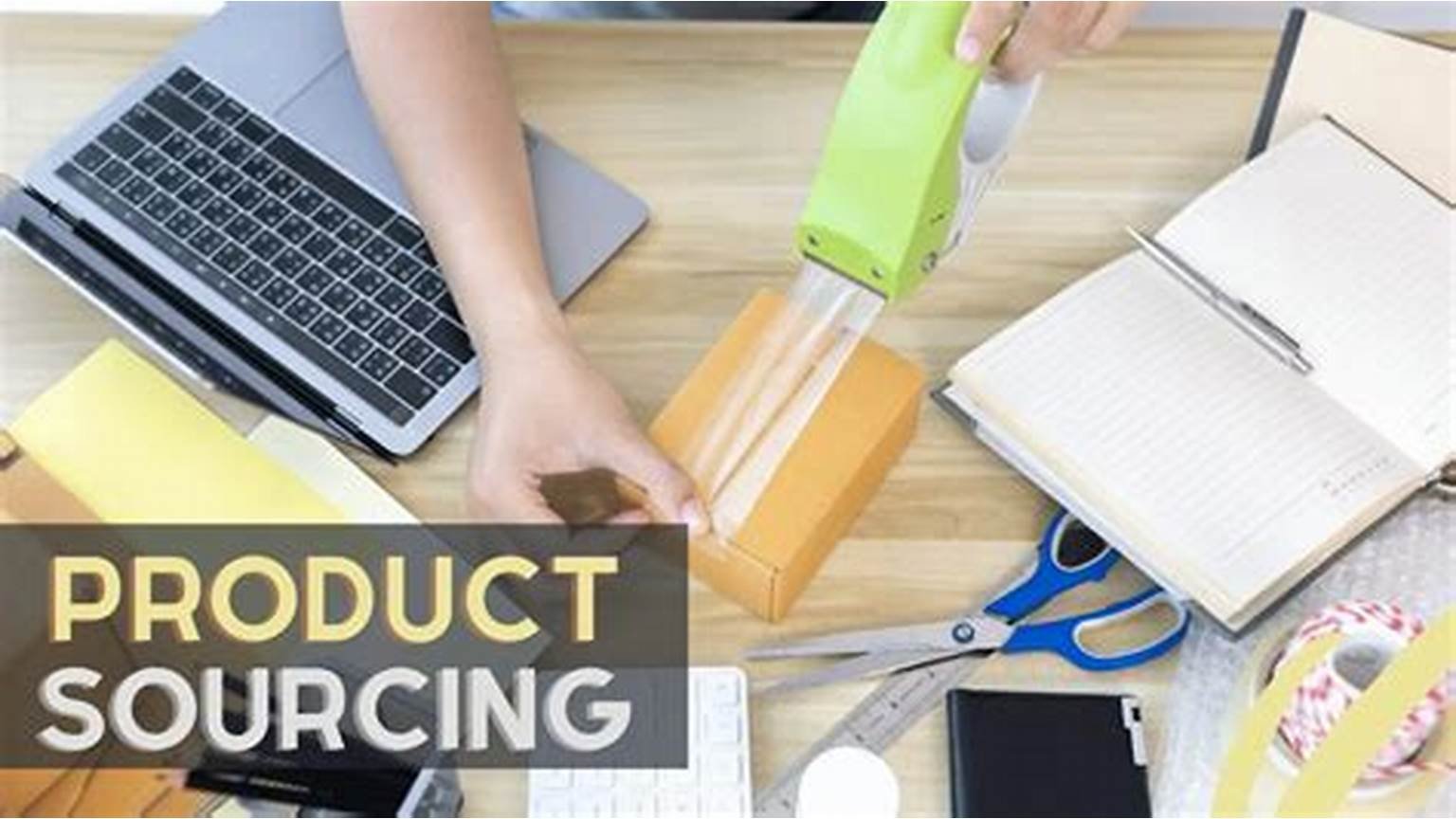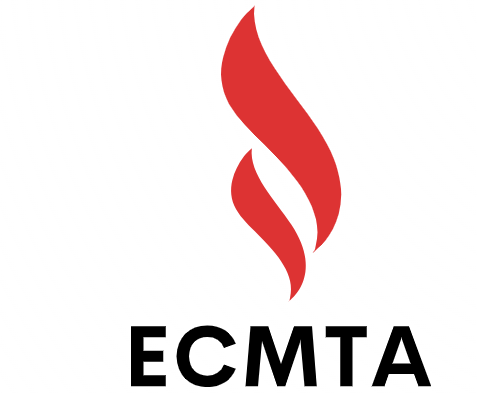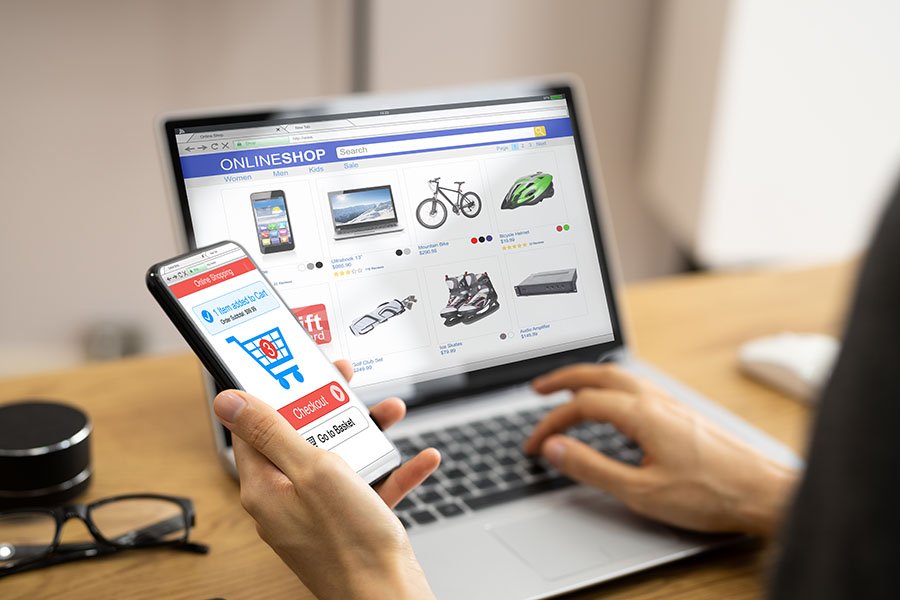One of the most critical elements for any business, particularly in eCommerce, is sourcing high-quality products. Whether you’re launching a new business or expanding your product range, the products you sell directly influence customer satisfaction, brand reputation, and sales. In this guide, we will explore the essential steps to help you source high-quality products that will elevate your business and ensure long-term success.
1. Know Your Market and Audience
Understand What Your Customers Want
Before sourcing products, it’s essential to know your target market and their needs. Conduct market research to identify customer pain points, preferences, and trends. Use surveys, social media insights, and competitor analysis to understand what your audience values most. This ensures that the products you source meet customer expectations, giving your business a competitive edge.
2. Research Reliable Suppliers
Build Relationships with Trusted Suppliers
Finding a reliable supplier is key to sourcing high-quality products. Start by researching potential suppliers and manufacturers. Use platforms like Alibaba, ThomasNet, and other supplier directories to identify reputable sources. Look for suppliers with a proven track record, positive reviews, and the ability to provide consistent quality. Building a relationship with these suppliers can also help you negotiate better pricing and terms.
3. Request Samples
Test Products Before Committing
Before placing large orders, always request product samples. This gives you the chance to inspect the quality firsthand. Evaluate the product’s durability, design, and performance to ensure it meets your standards. Testing samples also helps you identify any potential flaws or issues before they reach your customers, reducing the risk of returns and complaints.
4. Verify Product Quality Standards
Ensure Compliance with Industry Standards
Different industries and products may have specific quality standards or certifications. For example, food products must comply with health regulations, and electronics may need to meet safety standards. Ensure that your suppliers adhere to relevant regulations and quality control processes. Verify certifications and ask about the procedures they follow to maintain product quality. This ensures that the products you sell are safe, reliable, and compliant.
Discover ECMTA Resources
Explore the resources and information provided by ECMTA. For those interested in exploring different forms of online entertainment, you can find more information about online slots.
5. Assess Pricing and Margins
Balance Quality and Affordability
When sourcing products, it’s crucial to consider both quality and cost. High-quality products often come with a higher price tag, but it’s essential to strike the right balance to maintain healthy profit margins. Calculate the total cost, including shipping, customs, and any additional fees. Ensure that your pricing allows for a reasonable markup while still offering competitive rates for customers.
6. Evaluate Manufacturing Processes
Ensure Consistency and Scalability
The consistency of the manufacturing process is crucial for maintaining product quality. If your supplier manufactures in large quantities, ensure that they can maintain quality across different production batches. Ask about their production timeline, quality control measures, and scalability to meet future demands. A reliable manufacturer can support your business growth without compromising on quality.

7. Consider Private Label or Custom Products
Stand Out with Unique Products
If you want to differentiate your business from competitors, consider private labeling or creating custom products. Private labeling allows you to brand generic products with your own label, offering unique branding opportunities. Alternatively, custom products that are designed and manufactured specifically for your business can provide an exclusive edge. However, this may require higher upfront investment, so evaluate the costs and potential return on investment carefully.
8. Monitor Product Quality Consistently
Regular Quality Checks and Feedback
Once you start sourcing and selling products, it’s crucial to monitor the quality consistently. Perform regular quality checks on products, and encourage customer feedback to identify any issues. If problems arise, address them quickly with your suppliers to ensure that product standards remain high. Regular communication with suppliers and customers can help you stay proactive in maintaining the quality of your products.
9. Leverage Technology to Streamline Sourcing
Use Automation and Analytics for Smarter Decisions
Technology can help streamline your sourcing process. Use supply chain management software, inventory tools, and data analytics to track product quality, order history, and supplier performance. These tools can give you valuable insights into which suppliers provide the best value, consistency, and customer satisfaction, making your sourcing process more efficient.
10. Build Long-Term Relationships with Suppliers
Foster Trust and Transparency
Building long-term relationships with your suppliers helps ensure consistent product quality and reliable service. Engage in transparent communication, negotiate fair terms, and pay attention to their quality assurance processes. By developing strong partnerships, you create a reliable network that supports your business’s success and can help you navigate challenges with confidence.
Conclusion
Sourcing high-quality products is vital for the success of your business. By understanding your market, selecting trusted suppliers, testing products, and ensuring quality control, you can offer top-notch products that meet customer expectations. With a strategic approach to sourcing, you’ll build a reputable brand and set the foundation for long-term growth.





One thought on “Source High-Quality Products for Your Business”
Comments are closed.